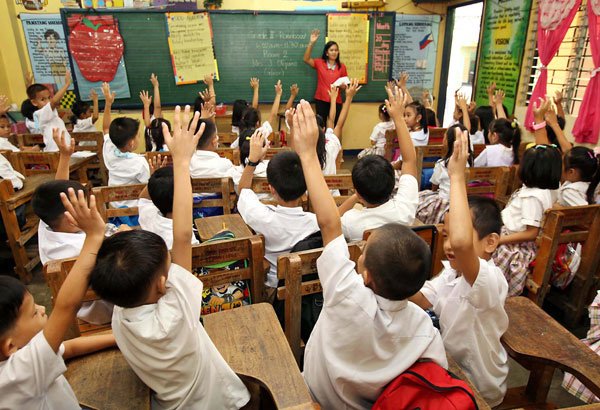eJournal for EDS103 Module 3: Behavioural Theories of Learning

The module’s topic on behaviorism, its development, theoretical principles, and applications have been very interesting, intriguing, and insightful on my part. Teaching is a wonderful profession, but also very complex and difficult. It is very challenging for teachers to encourage students to actively engage in every lesson and respond with the desired behaviors (as well as attitudes). So having the tools of the behaviourist approaches are really helpful.
1. Conditioned Stimulus and Response
The work of Ivan Pavlov on conditioning of dogs is an inspiration that any behavior in the classroom can be organized by using a conditioned stimulus. The teacher can condition herself so that every time the students see her, they will automatically be enthusiastic about the lesson. A school subject stereotyped as difficult and boring could be conditioned to become exciting and useful. A noisy behaviour can be controlled with a clap of hands or a quick clean up can be instructed with a countdown. In other words, there are plenty of cues a teacher can use to modify students’ behaviour in the classroom using naturally occurring stimulus in the environment.

2. Reinforcements
Teachers can use reinforcements to maintain a positive atmosphere in the classroom and motivate students to participate. Verbal praises such as “Thank you” and “Good job!”, even a smile, a nod, and a pat on the back could go a long way. Other rewards can come in the form of tokens treats, certificates, awards, stickers, game time, bonus points, letter of commendation, and more. Teachers also have the options to deliver reinforcements directly after a response or give them in varying schedules to optimize behaviours.

3. Punishments
When rules are not followed, teachers can use punishments to deter undesirable behaviours. It can come in the form of extra homework, reprimand, detention, score deduction, loss of other privileges, and many others. When classroom manners and rules are not followed by disruptive students, teachers would have a quick fix to that.

Drawbacks
Classical conditioning in the classroom may help to learn new behaviours through association, but it might not be effective in creating a new behaviour. Free will is not put to use and uniqueness of each student is overshadowed.
Rewards are really effective in motivating students to go to school and participate actively, but rewards may become their only motivation. Some students may focus to please the teacher or turn to assignments just to get a reward, while other students who are not able to keep up and get any reward may be easily discouraged. Rewards that motivate some students may not motivate other students. Also material rewards (e.g. treats) may incur additional expenses for the teacher.
Punishments work well to get students follow a set of rules and avoid misbehaving in class. However, fear may cause students to behave well only to avoid punishments and they may not focus on the lesson or do their best in other classroom activities. In some occasions, punishments may result to poor attendance, poor school performance, negative perception of teachers, and harsh treatment to classmates. There may also be need for a combination of solutions such as counselling and parental involvement.
Thank you for reading! Feel free to comment or reply below. Have a nice day! 😬
“And we know that in all things GOD works for the good of those who love him, who have been called according to his purpose. – ROMANS 8:28 💙💛💚
